Other switches have multiple closed positions that allow varying currents to pass through, altering the output. Read More…
Electro-Mech Components designs and manufactures illuminated pushbutton switches and miniature switches plus multiswitch interlocking assemblies and indicator lights. We have an extensive selection of off-the-shelf pushbutton switches plus industrial-grade switches and are always happy to customize.
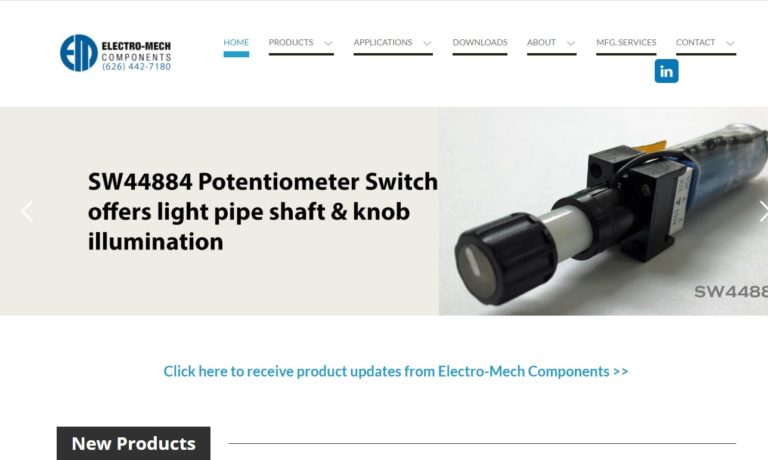
Switches Unlimited specializes in new design and replacement of electric switches, industrial components and automation control. They have extensive stocking selection of toggle, miniature, pushbutton, rocker, illuminated switches, relays, proximity, PLC’s and safety controls. Established in 1961, Switches Unlimited represents over 40 leading manufacturers and are a professional leading source...

Known as an industry innovator, NKK® Switches manufactures toggle switches, rocker switches, pushbutton switches, rotary switches & illuminated switches, specializing in miniature & illuminated. Creator of SmartSwitch™ OLED IS programmable graphic & video switches for interactive applications. Our products are available through distributors and excellent customer service is known worldwide.

At MELTRIC, our Switch-Rated plugs and receptacles combine the safety and functionality of a disconnect switch with the convenience of a plug and receptacle into one cost-effective, reliable device. These plugs can be safely connected and disconnected under full load. Since 1982, MELTRIC has been dedicated to ensuring electrical and user safety with every product.

More Electronic Switch Manufacturers
Electronic switches are categorized by various factors including their actuator, which is a mechanism that applies force to the switch's contacts. Switches generally consist of conducting material, wires, terminals and actuators housed in a protective casing; these components vary in quantity and arrangement, but they are similar in that they can complete a circuit by allowing an electrical current to flow through them. Complex switches turn on or off when a light or magnetic field is sensed, while simple switches require physical contact with the conductors and actuator.
There are many different kinds of electronic switches. One main differentiation is between single pole (SP) and double pole (DP). SP switches have two contacts that enable the circuit to be either open or closed. DP switches have two closed positions and one for an open circuit (that is, two "on" positions with one "off"). Electronic switches are used in every device with the ability to power on or turn off. Computers, radios, microwaves, headlights, televisions and toasters are just a few examples of devices in which electronic switches are used.
The actuator is an important part of the switch; it determines the arrangement of other internal components. Electrical switch actuators include plungers, rockers, push buttons, dials or toggles; these actuators are used in many different arrangements. Toggle switches are switches with an angled lever that rests in one of at least two positions. An internal spring mechanism ensures that it returns to a definite position. Push button switches have two positions: depressed and released.
Some latch until pulled out while others have a spring that returns the actuator to its original position. Selector switches have a knob or lever that can be rotated to select at least two positions. Joystick switches have a lever with at least two axes of motion that control the circuit based on which way it is turned and how far it is pushed.
Some switches are designed to be operated by a machine's movement; these switches are called limit switches because they limit the motion of a machine by turning off the power if the machine moves too far away from the switch. Proximity switches are able to sense either approaching metallic objects through a disruption in its magnetic field or through a change in light as interpreted by its photocell.

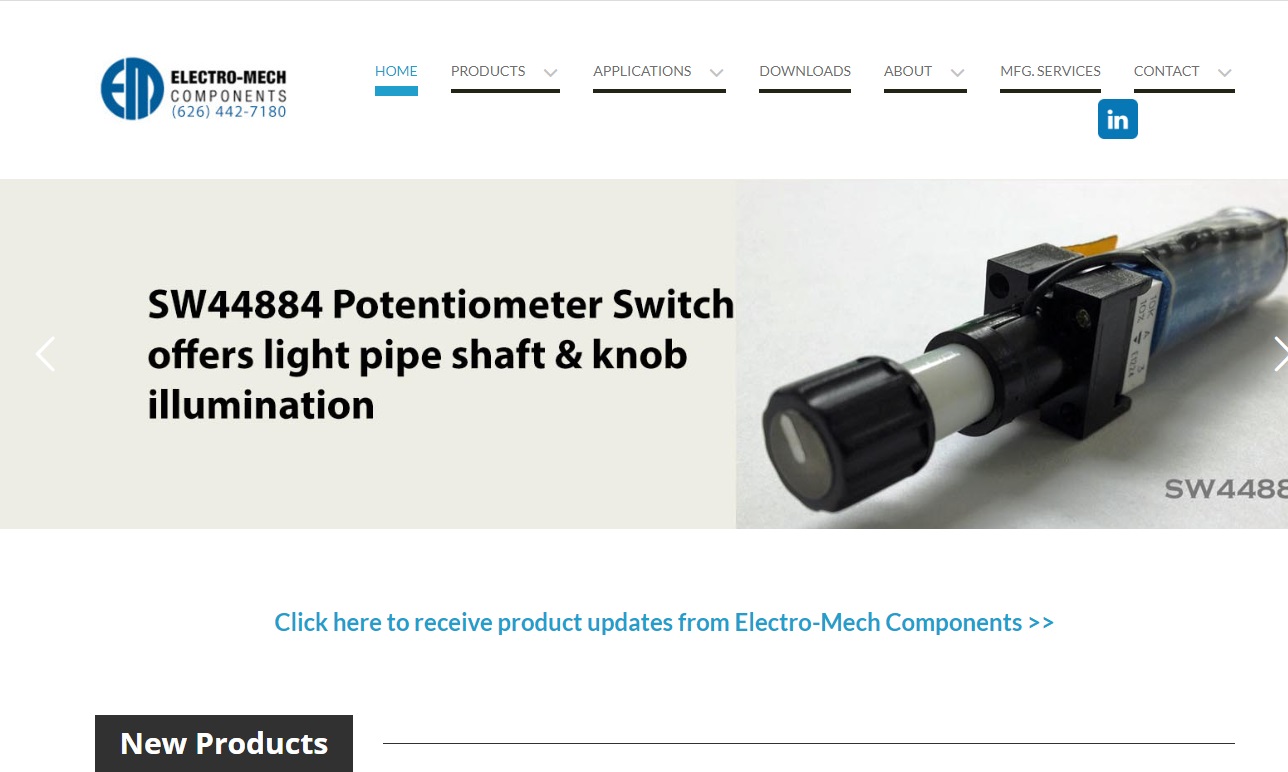


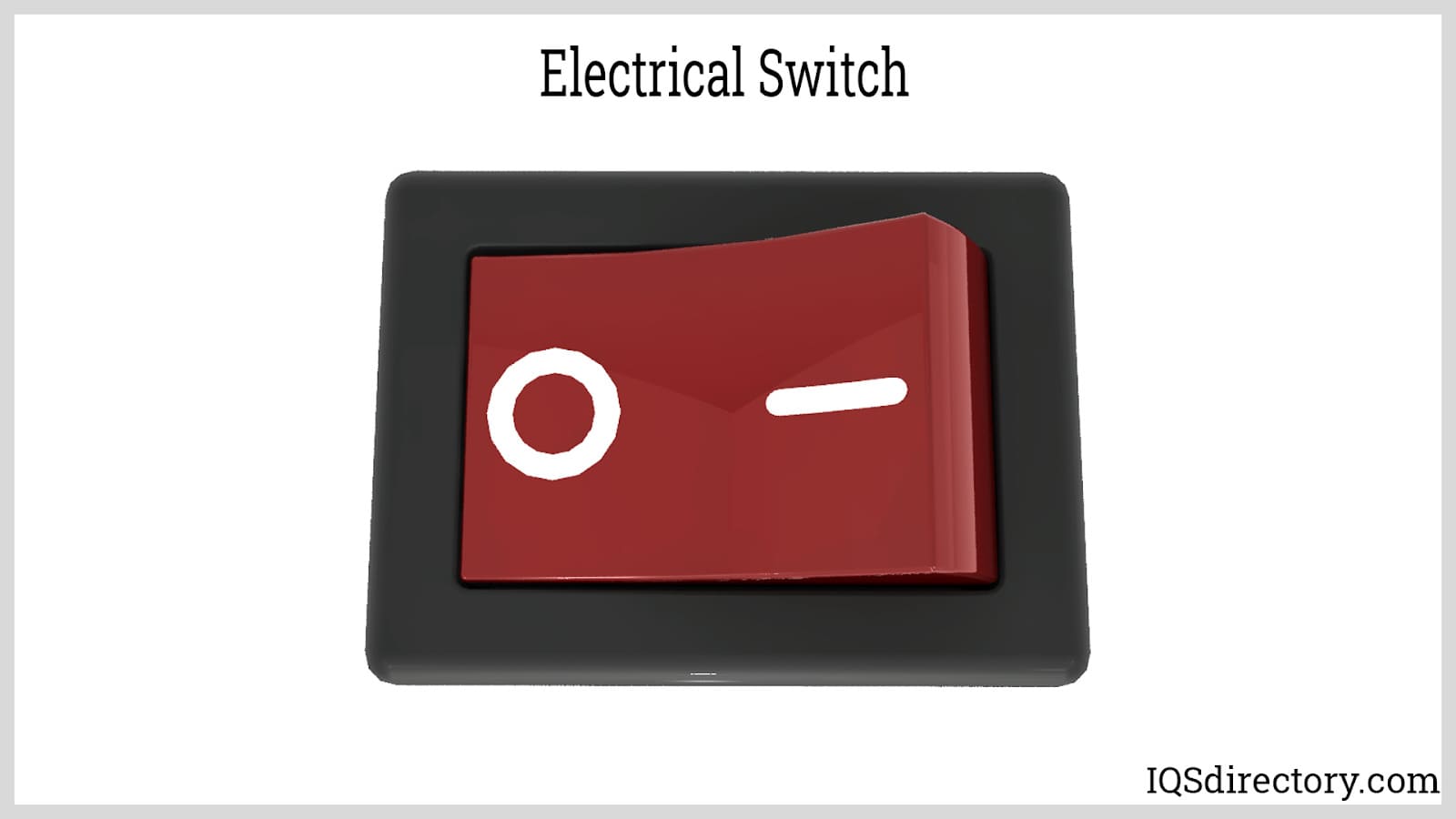
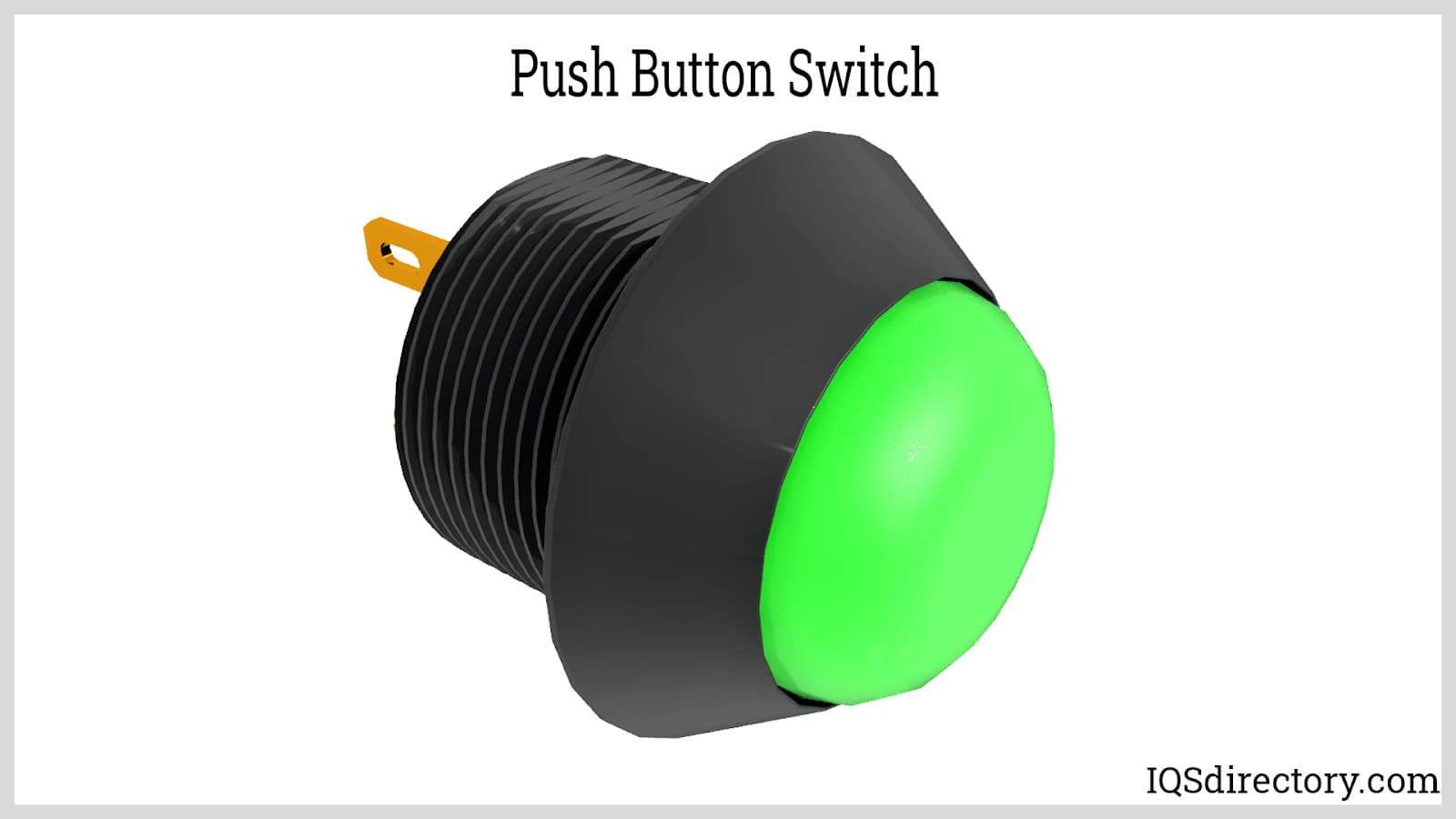
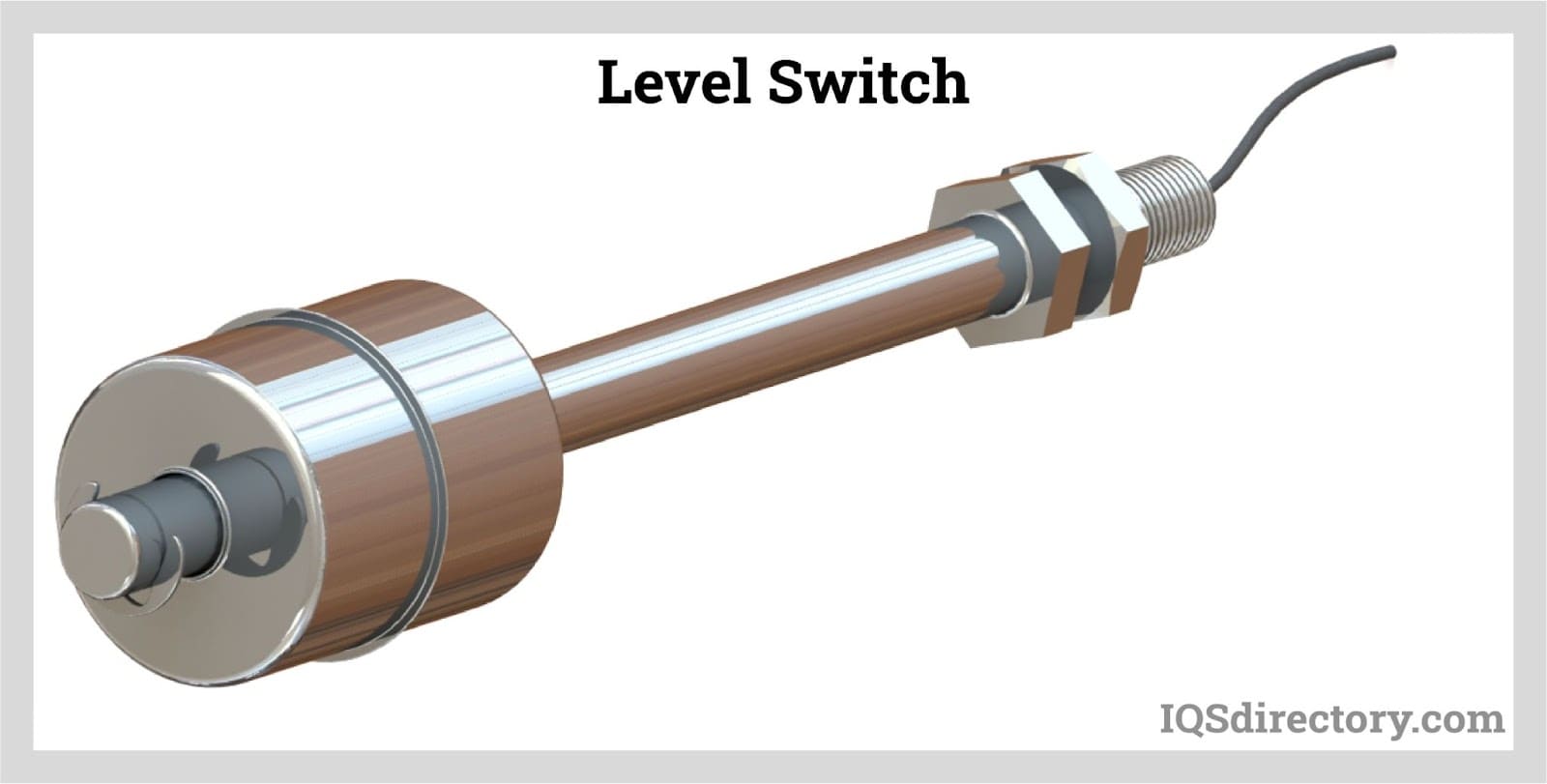
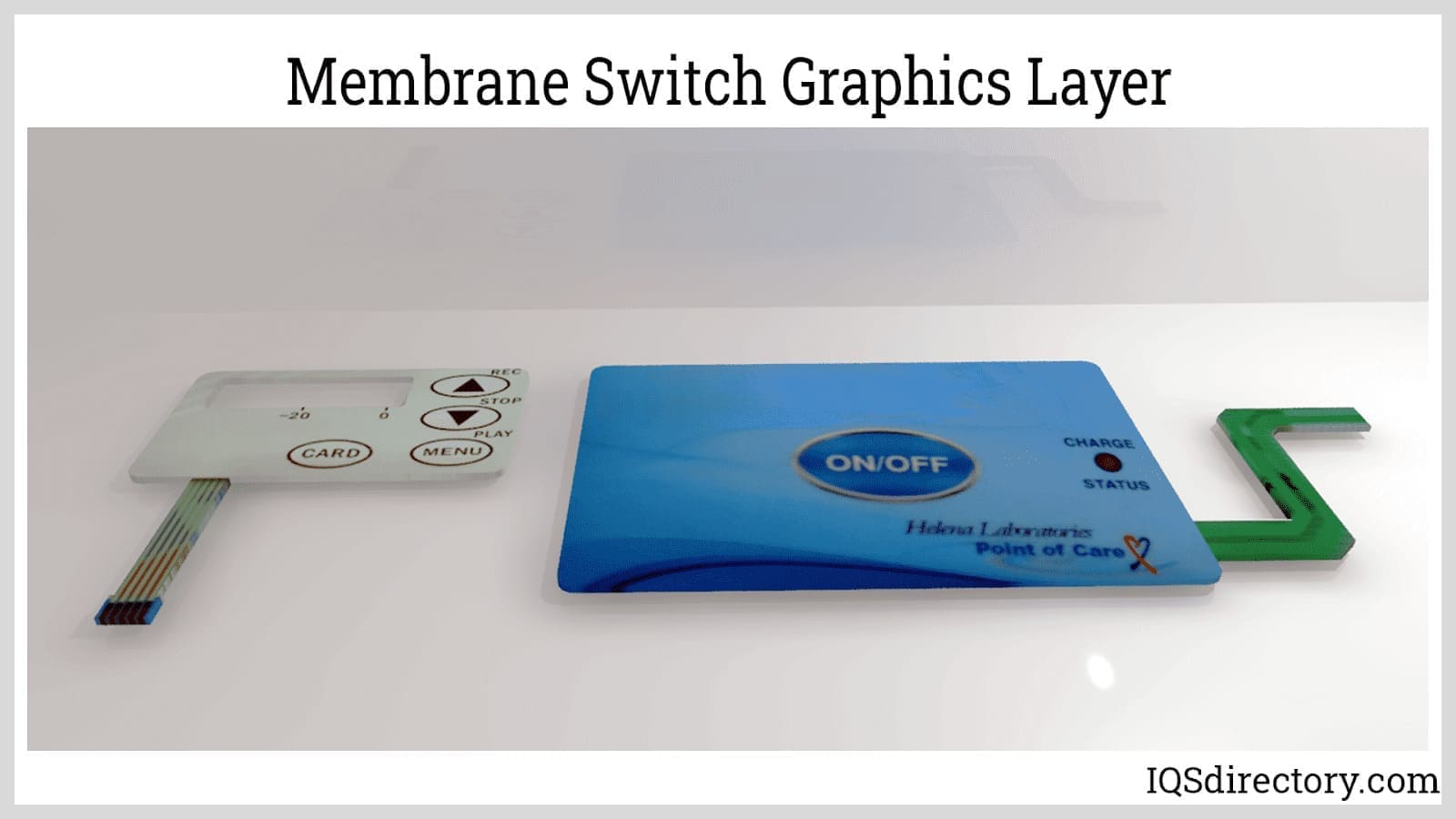
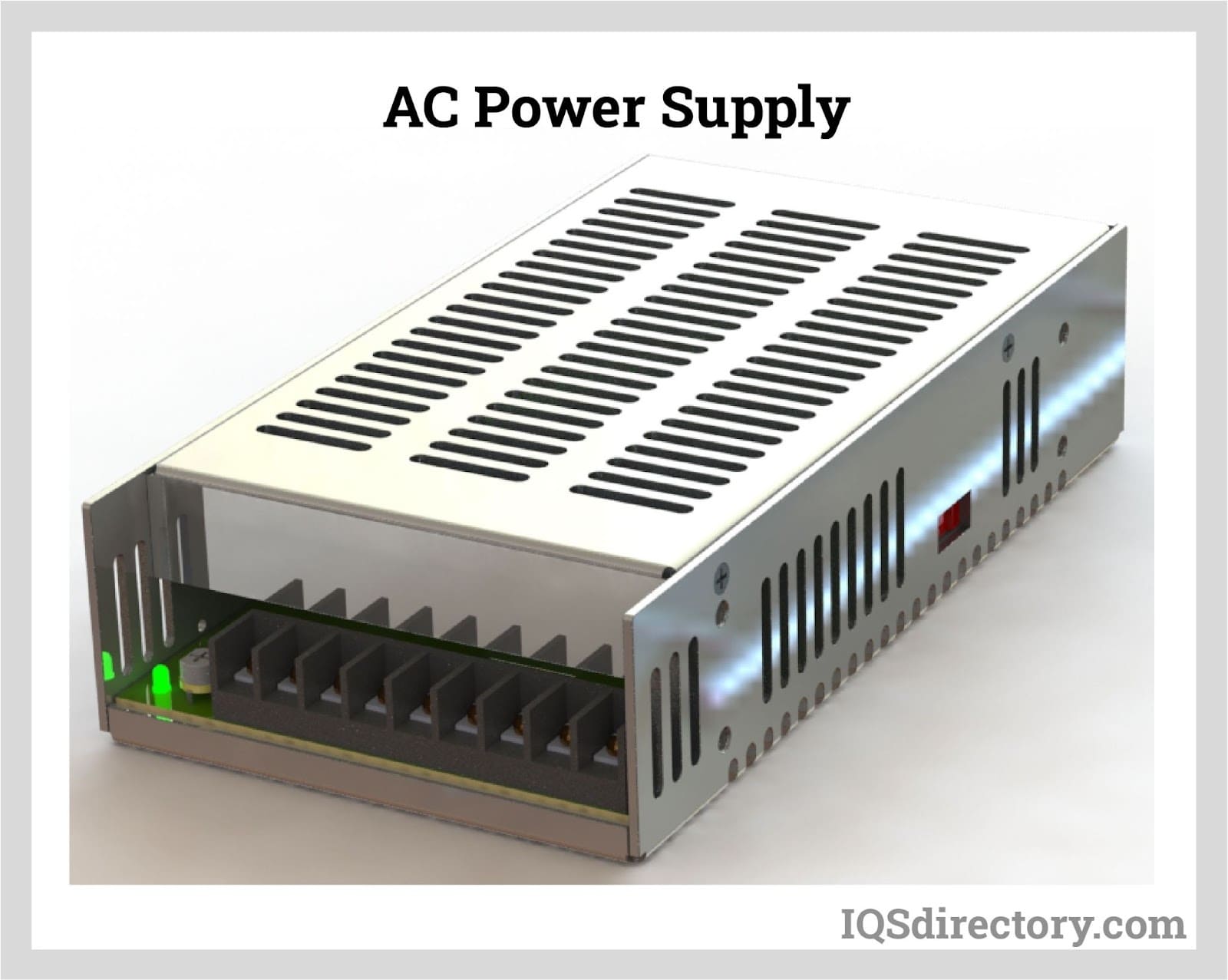
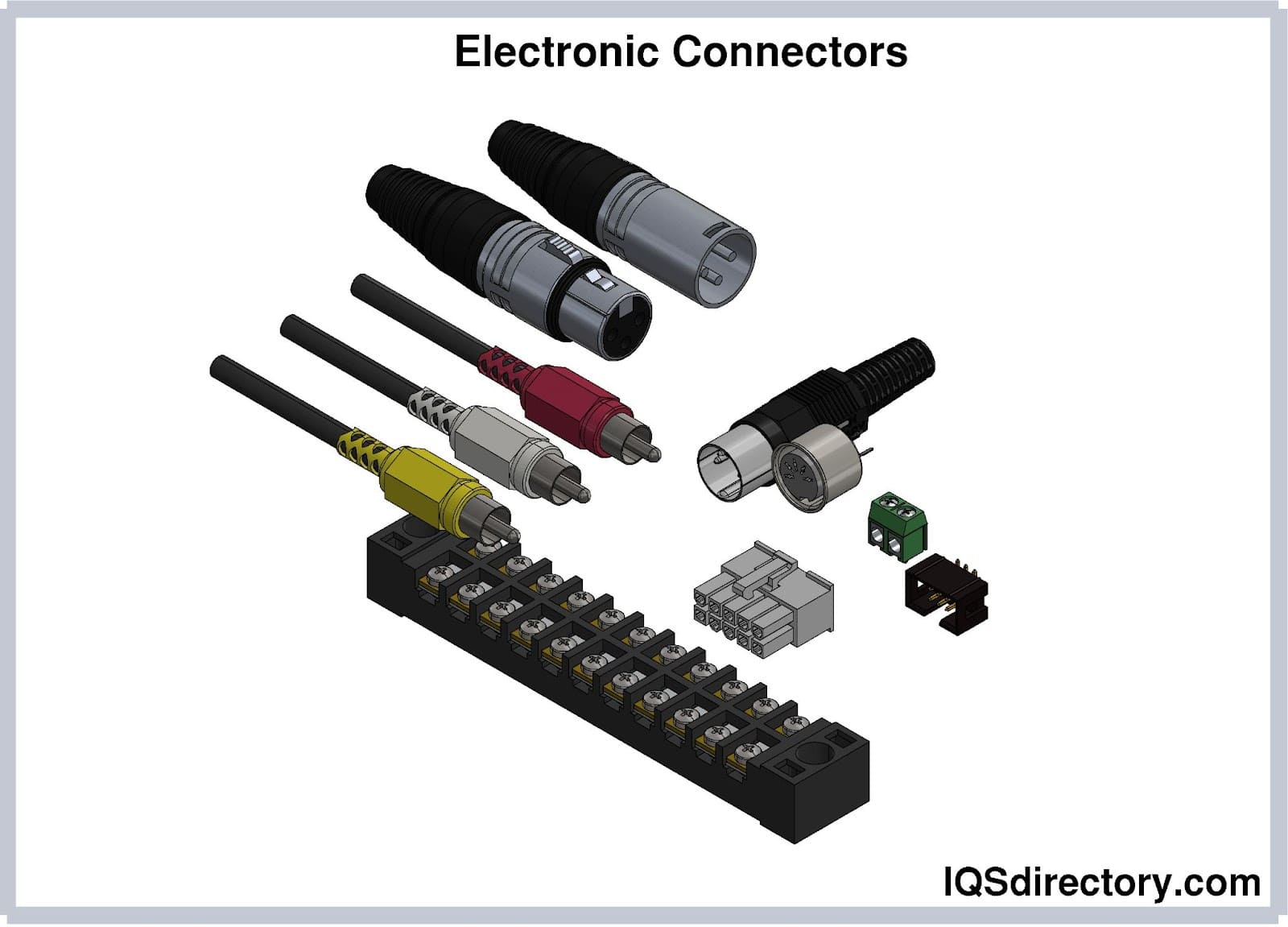
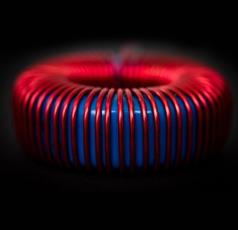 Electric Coils
Electric Coils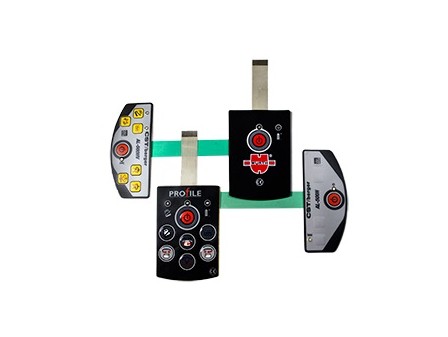 Electric Switches
Electric Switches Electric Transformers
Electric Transformers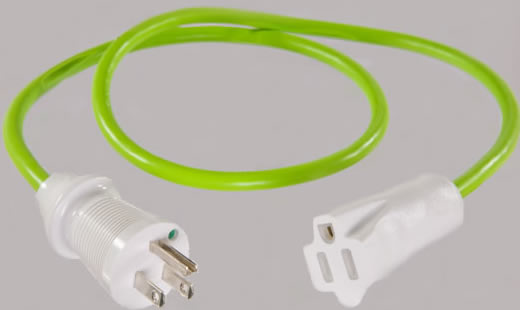 Electronic Connectors
Electronic Connectors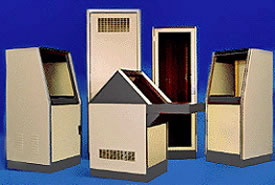 Electronic Enclosures
Electronic Enclosures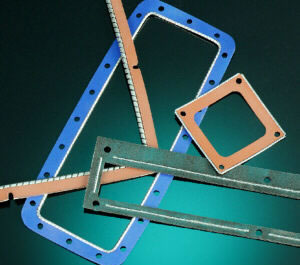 EMI Shielding
EMI Shielding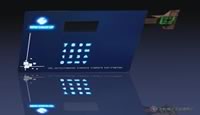 Membrane Switches
Membrane Switches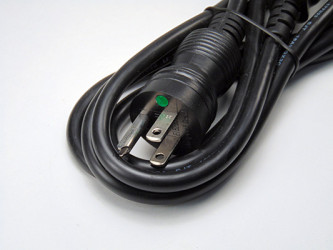 Power Cords
Power Cords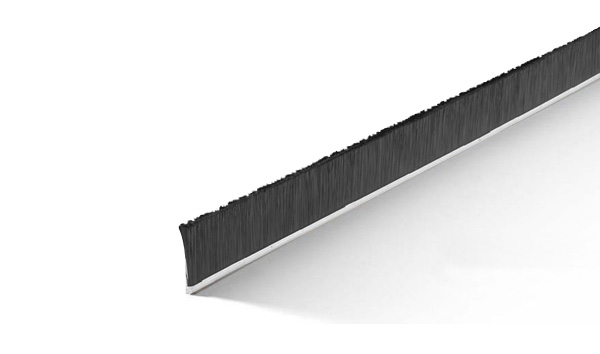 Static Eliminators
Static Eliminators Castings & Forgings
Castings & Forgings Bulk Material Handling
Bulk Material Handling Electrical & Electronic Components
Electrical & Electronic Components Flow Instrumentation
Flow Instrumentation Hardware
Hardware Material Handling Equipment
Material Handling Equipment Metal Cutting Services
Metal Cutting Services Metal Forming Services
Metal Forming Services Metal Suppliers
Metal Suppliers Motion Control Products
Motion Control Products Plant & Facility Equipment
Plant & Facility Equipment Plant & Facility Supplies
Plant & Facility Supplies Plastic Molding Processes
Plastic Molding Processes Pumps & Valves
Pumps & Valves Recycling Equipment
Recycling Equipment Rubber Products & Services
Rubber Products & Services